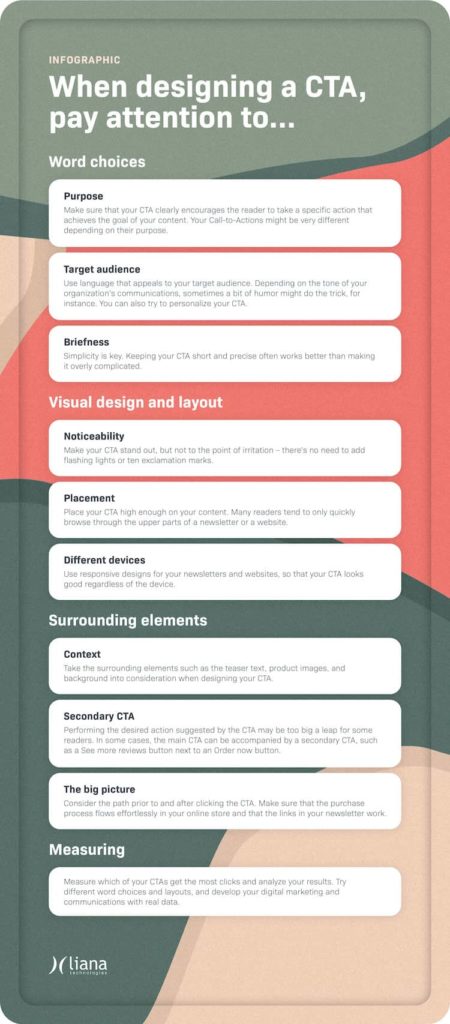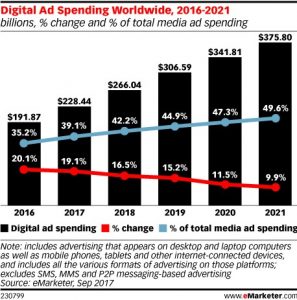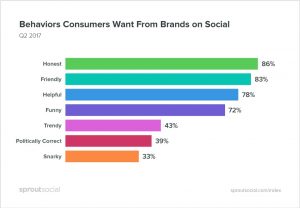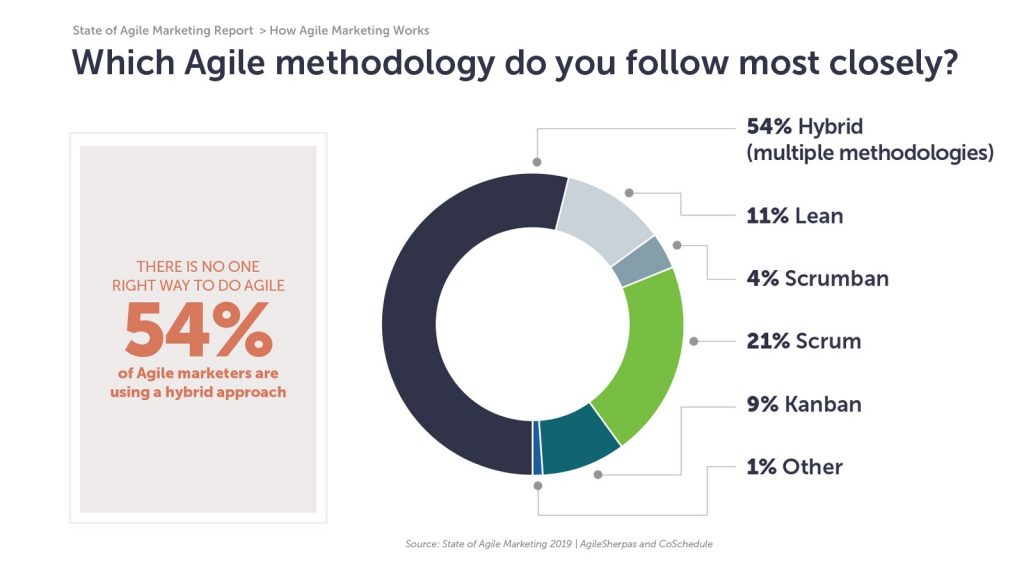Discover the differences between marketing and advertising and how each relates to modern business
As technology continues to progress and gain importance, modern businesses adapt to a variety of marketing and advertising strategies to reach potential customers and increase sales. In part, this is due to the effectiveness of marketing and advertising strategies in driving success for companies of all sizes.
Marketing and advertising are often confused, but there are actually many differences between the two. Marketing is the process of identifying customer needs and deciding how to best meet those needs. In contrast, advertising is the process of promoting a company and its products or services through paid channels. To put it another way, advertising is part of marketing. However, the differences do not conclude there.
What Is Marketing and Why Is It Important?
Marketing is the process of identifying, predicting, and meeting the needs of customers. Businesses can maximize revenue by using effective marketing strategies to determine how to best serve their client base. Marketers direct their marketing efforts toward consumers in business-to-consumer (B2C) marketing. Business-to-business (B2B) marketing focuses on marketing to other businesses.
When developing a marketing strategy, B2C and B2B marketers should consider a number of important factors. In particular, savvy marketers will evaluate:
- Orientation — Marketing orientation refers to the guiding principles of a business, often referred to as corporate philosophy or corporate culture. Organizations often choose to focus on product development, sales, production, or marketing.
- Mix — As a guide for companies’ marketing strategies, the marketing mix serves as a decision-making tool. Modern marketing mix usually revolves around the four Cs: client/customer, cost, convenience, and communication.
- Environment — Marketing environment refers to everything that can have an impact on the execution or decision-making of a marketing strategy. Therefore, companies should also consider their internal environment. External factors—such as macro and micro environments—must also be taken into account.
- Market — An organization’s target market refers to the characteristics of its ideal client. The research and segmentation efforts of a company can help identify the geographical and demographic factors that will help it market and sell its products or services.
Analyzing the orientation, mix, environment, and market allows one to assess the costs and benefits of various marketing strategies. Marketing efforts can be carried out in many ways, so this part of the planning process is crucial.
What Are Several Common Types of Marketing?
Marketing efforts traditionally used four channels to connect with customers: print, mail, TV, and telephone. These four channels can be utilized by companies to enhance branding efforts and deliver corporate messaging.
The dominant marketing approach throughout the 20th century revolved around print and broadcast media, combined with effective messaging and advertising.
As the world turned to the 21st century, marketing strategies have evolved to accommodate the rise of the internet and e-commerce. Digital marketing has transformed the way businesses communicate with their clients since the transition to the internet. Messaging platforms, such as social media, allow businesses and clients to communicate in two ways. From a marketing perspective, specifically, modern technology has made it much easier to gather information on customer behaviors, needs, wants, etc.
Several types of marketing are common today, including:
- Digital Marketing — The term “digital marketing” refers to marketing strategies applied to electronic communication devices such as computers and smartphones. Often, digital marketing strategies rely on search engines, email, websites, blogs, and other techniques to reach customers.
- Social Media Marketing — Digital marketing includes social media marketing, in which social media platforms such as Facebook and Twitter are used to reach potential clients. Through this style of marketing, companies are able to use earned media from people outside of their organization. Influencer marketing is part of social media marketing where popular users are compensated for promoting a company’s products.
- Global Marketing — The internet and globalization have enabled some of the world’s largest companies to become global brands. Therefore, global marketing allows these companies to employ a unified approach to reach their customers on a local, regional, national and international level at the same time.
- Relationship Marketing — Relationship marketing eschews invasive tactics such as commercials and advertisements, instead focusing on customer happiness. In order to establish a long-term and loyal client base, relationship marketing relies on strategies that help retain and satisfy clients.
- Brand Management — Brand management involves creating a bond between a company’s brand and its customers. This requires evaluating a company’s products or services as well as its logo, design, packaging, and other aspects. Additionally, brand management considers aspects of the target market, direct competition, and current relationships with customers.
- Product Development — Developing a product or service from a business opportunity is known as product development. Both existing and new products may be developed. Developing a successful product involves many marketing concepts, including identifying client needs as well as conducting market research and analysis.
Despite not being as common as the methods above, it is important to mention societal marketing in our discussion. The concept of societal marketing goes beyond the traditional boundaries of identifying, predicting, and satisfying customer needs.
A company’s culture, brand and operations should incorporate the greater needs of society and the world. Triple bottom line reporting is common in societally oriented businesses to track and measure progress. These include social and environmental impacts as well as financial performance.
Advertising: What Is It and Why Is It Important?
The practice of advertising involves a company paying to place its message or brand in a particular location. Companies use advertising to promote their products and services for sale as well as establish corporate culture and branding. When used properly and strategically, advertising can drive customer acquisition and increase sales.
Advertising creates a one-way communication channel, where companies can broadcast non-personal messages to a general audience. Unlike other types of marketing or even public relations, advertising is completely under the control of companies. Whenever a company pays to place an ad, it has full control over how the content is promoted.
A successful advertising campaign has countless benefits. Businesses can use advertising to:
- Educate customers about the nature of the product or service
- Sell superior products or services to customers
- Enhance customer perception of a brand or culture
- Create a need or desire for products or services among customers
- Demonstrate new applications for products or services
- Promote new products or services to potential customers
- Sell new products and services to new customers
- Retain your existing customer base
As a whole, companies that dedicate resources to advertising can reap many benefits. Many businesses use one, or several, of the common types of advertising described below in order to achieve those benefits.
What Are Some Common Types of Advertising?
In the 21st century, advertising has evolved significantly, too. Digital advertising has opened up new avenues for companies to advertise, from search engines to social media and websites of all types. As a result of this new reality, businesses can achieve advertising goals and reach potential customers virtually anywhere, particularly with the prevalence of smartphones.
Many businesses prioritize any or all of the following methods in the realm of common advertising techniques:
- Traditional Advertising — Advertisements are placed in traditional print and broadcast media. Newspaper ads, TV commercials, and radio infomercials are all examples of traditional advertising.
- Retail Advertising — Retail advertising refers to placement and advertising within retail stores to maximize sales. Product placement in stores, ads on shopping carts, and product display are examples of retail advertising.
- Online Advertising — Ad placement on the web refers to the placement of ads in media and other websites. The most common types of online advertising include contextual ads in search engines, banner ads on websites, promotional videos, and sponsored content.
- Mobile Advertising — Mobile advertising refers to the placement of ads on mobile phones and smartphones. Mobile advertising examples include automated dialers, banners to download apps, and click-to-call ads.
- Outdoor Advertising — Included offline and online billboards, posters, banners, LED screens, lamp poles, vehicles and more intended to attract the attention of mass audiences that use specific areas or roads for commute. Placement of ads on outside structures is generally in heavily trafficked areas to attract the most attention.
- Pay Per Click (PPC) Advertising — It refers to the placement of online advertisements designed to drive traffic to a company’s website. These ads provide companies with extensive information about their customers, and they only pay when users click the links.
Marketing vs. Advertising: What’s the Difference?
One of the major differences between these two business practices is that advertising is a part of marketing. The most successful marketing strategies allocate resources to advertising at multiple levels, leveraging different types of media in corporate marketing communications.
It would be helpful to review the differences between paid, owned and earned media in order to better understand this question:
- Paid Media — Media of this type involves a company paying a publisher to place marketing communications. Billboards, broadcast and print ads, search engine ads, social media ads, and direct mail and email are examples of paid media.
- Owned Media — The company uses its own channels to place marketing communications in this type of media. Owned media includes retail merchandising, websites and business blogs, brochures, corporate social media accounts, and press releases.
- Earned Media — This media type involves external communications about a company from third parties. Among the types of earned media are online reviews, newspaper articles, social media endorsements, customer demonstrations, and other forms of publicity.
Advertisements are typically limited to paid media, as described above. This is inherent in the nature of advertising as a business practice – placement of messaging or branding in exchange for compensation. When a business advertises, it usually comes with a price tag.
Alternatively, effective marketing strategies can influence paid, owned, and earned media. Marketing manages paid media advertising by identifying customer wants and needs, and determining the best way to satisfy them. A company’s marketing also determines how it communicates through owned media and how it interacts with others via earned media.
Which is more valuable, marketing or advertising?
Many successful businesses include a variety of advertising strategies in their overall marketing plan. Marketing strategy and advertising placement for global companies must take into consideration customers around the globe. Even so, it is also applicable to small and medium businesses, especially now that digital advertising is affordable through search engines and social media.
Despite this, there is a situation when marketing is more valuable than advertising. The priority for startups and other new businesses should be developing a marketing plan. Spending too much money on advertising at the beginning without a marketing strategy can be disastrous for these organizations.
Identifying the wants and needs of customers is paramount at the beginning of a company’s existence. Thus, any future marketing or advertising efforts will have a defined approach and a better chance of success.




 Social media, blogs, videos, and emails, to name a few, are all part of content marketing. However, content marketing is what most people refer to when looking at jobs in this field, or building out a digital marketing strategy for their business. If you think about content marketing, it’s giving information and solving problems with high-quality and useful content; whether that’s a blog post like this one, or a quiz explaining what type of bread you are (maybe not so useful), all of that falls under content marketing.
Social media, blogs, videos, and emails, to name a few, are all part of content marketing. However, content marketing is what most people refer to when looking at jobs in this field, or building out a digital marketing strategy for their business. If you think about content marketing, it’s giving information and solving problems with high-quality and useful content; whether that’s a blog post like this one, or a quiz explaining what type of bread you are (maybe not so useful), all of that falls under content marketing. Paid search operates on the same principle as SEO. Paid search is used for immediate results when you don’t have time to invest in a long-term digital marketing strategy, like SEO. It involves paying to appear in front of people when they search for specific terms related to your business. Most of the time, this is a PPC (pay per click) solution, which means you only pay when someone clicks on your search listing. It sounds great, right? It definitely is. Due to the high level of user intent, there is fierce competition for the top spot, which can often mean high prices depending on the terms you are bidding on. You’ll have to consider things like quality score (yep, Google is judging you) and landing pages in order to keep your costs low.
Paid search operates on the same principle as SEO. Paid search is used for immediate results when you don’t have time to invest in a long-term digital marketing strategy, like SEO. It involves paying to appear in front of people when they search for specific terms related to your business. Most of the time, this is a PPC (pay per click) solution, which means you only pay when someone clicks on your search listing. It sounds great, right? It definitely is. Due to the high level of user intent, there is fierce competition for the top spot, which can often mean high prices depending on the terms you are bidding on. You’ll have to consider things like quality score (yep, Google is judging you) and landing pages in order to keep your costs low. Affiliate marketing may fall under influencer marketing, content marketing, or both, and involves paying commissions to content producers for conversions that are attributable to the content. Imagine that we ask a publisher to write an article for our business with a link to our product. By offering the publisher 10% off all sales that come through their site, they become an affiliate for us.
Affiliate marketing may fall under influencer marketing, content marketing, or both, and involves paying commissions to content producers for conversions that are attributable to the content. Imagine that we ask a publisher to write an article for our business with a link to our product. By offering the publisher 10% off all sales that come through their site, they become an affiliate for us.

 2.
2. Using personalization in your CTAs can make them more viable. The present innovation offers different kinds of chances for marketing automation and triggered communication. With the help of innovation, you can have different Call-to-Actions relying upon which channel the individual came from, and what their activity was before seeing your CTA.
Using personalization in your CTAs can make them more viable. The present innovation offers different kinds of chances for marketing automation and triggered communication. With the help of innovation, you can have different Call-to-Actions relying upon which channel the individual came from, and what their activity was before seeing your CTA. 5. Brief & noticeable CTAs
5. Brief & noticeable CTAs 7. Analyze and double-check the path
7. Analyze and double-check the path Take advantage of your
Take advantage of your 
 ur administration. What’s more, since the web is such a useful asset, that can be utilized to produce ROI, putting resources into advanced showcasing can’t be disregarded. As indicated by eMarketer, “worldwide advanced advertisement spend is anticipated to reach over $375 billion by 2021.”
ur administration. What’s more, since the web is such a useful asset, that can be utilized to produce ROI, putting resources into advanced showcasing can’t be disregarded. As indicated by eMarketer, “worldwide advanced advertisement spend is anticipated to reach over $375 billion by 2021.”

